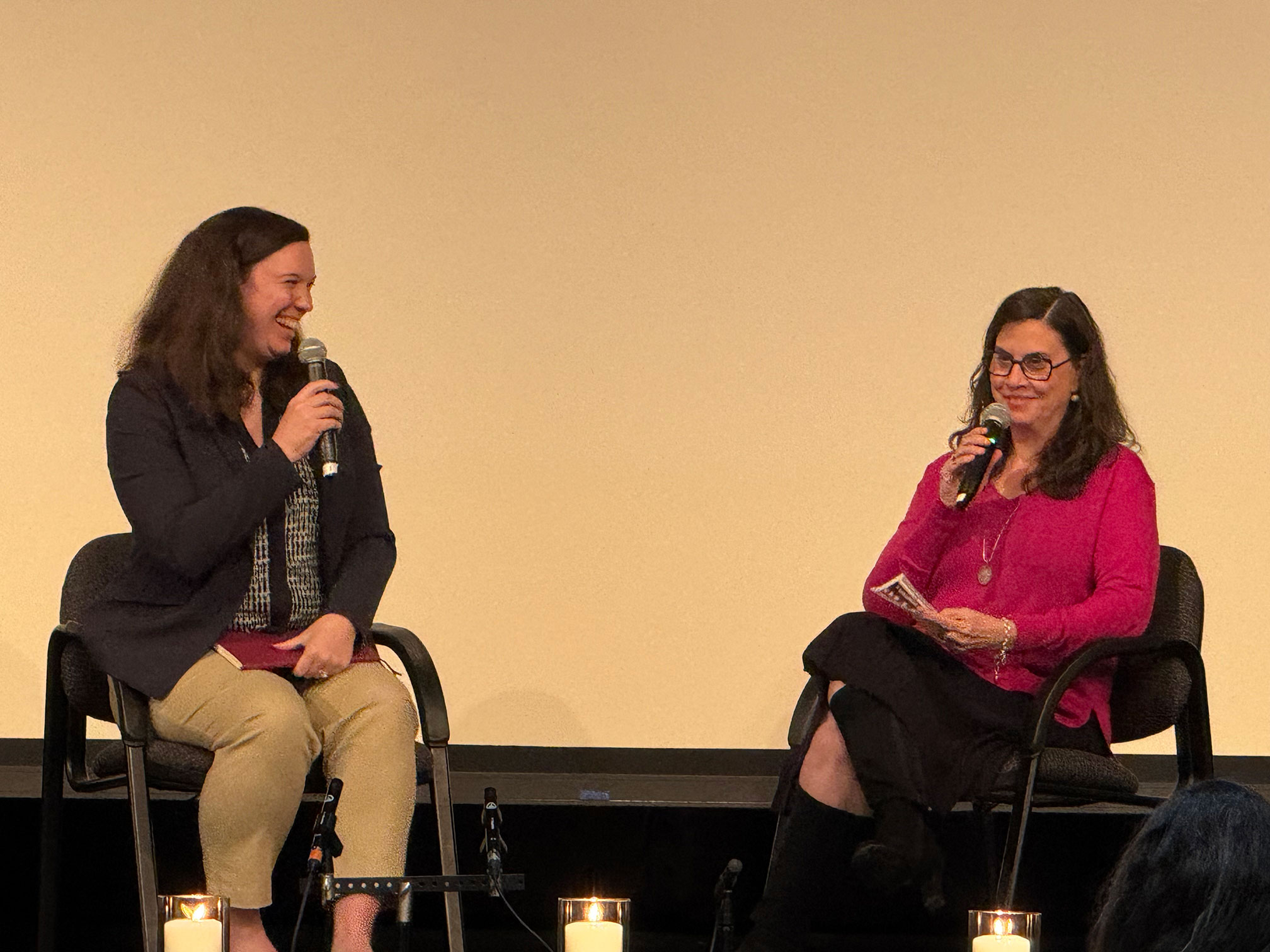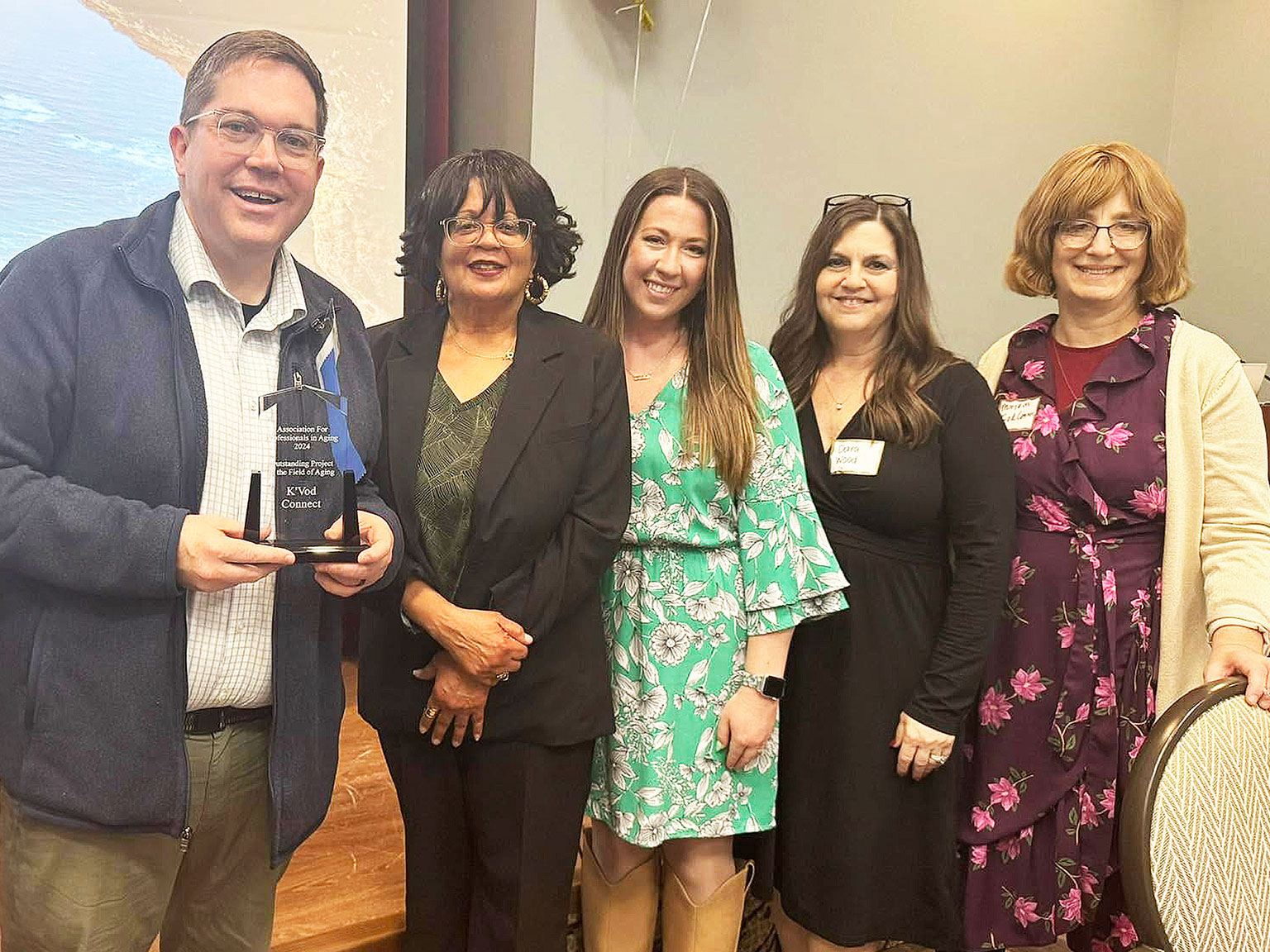“I want to be remembered for the good deeds, for some of the unnoticed constituent work we did … I want to be remembered for more than the bricks and mortar. I want to be remembered as a person who cares about people.”
— Stanley Aronoff
Stanley Aronoff was born in North Avondale on June 8, 1932. He graduated in 1950 from Walnut Hills High School, where he is recognized in the school’s hall of fame for distinguished alumni. Shortly after earning both Bachelor’s and law degrees from Harvard University, he returned to Cincinnati to practice law.
In 1960, he was recruited by Hamilton County Republican Party leaders to run for a seat in the Ohio House of Representatives, which he subsequently won. There, he offered a bill that would create the Ohio Arts Council. This is only the beginning of a long history of Aronoff’s contribution to the Cincinnati arts community.
He served three terms in the House and moved to the Ohio Senate in 1967. During his long tenure in the Senate, he chaired many committees, including the Finance Committee. He won reelection to the Senate in 1976. He served as president pro tempore from 1985 to 1988 and Ohio Senate president from 1989 to 1996. The Cincinnati native was a former Ohio Senate president who spearheaded much of the city’s development from the early 1960s to the mid-1990s during more than three decades in public office. He pushed through vital legislation, steered state funding and arm-twisted governors on issues to help Cincinnati. His most lasting mark on the city, the Aronoff Center for the Arts, was a culmination of his 30-year dedication to championing the local arts community. The center houses three performance spaces as well as the Weston Art Gallery. Some other notable projects that benefited from state dollars through Aronoff’s intervention are the Cincinnati Convention Center expansion, Garfield Place, Bicentennial Commons at Sawyer Point, the conversion of Union Terminal into the Museum Center and improvements at Music Hall. He remained entrenched in the arts throughout his life, dedicating time to organizations such as the Cincinnati Association for the Arts, the Cincinnati Contemporary Arts Center, Cincinnati Playhouse in the Park and the Classical Music Hall of Fame.
After his political career, Aronoff worked as a lawyer and lobbyist. He returned to private practice with Aronoff, Rosen and Hunt. He also became a consultant through two consulting companies: Aronoff & Associates, Inc., and State Street Consultants.
In 2005, Aronoff received the Irma Lazarus Award during the Ohio Governor’s Awards for the Arts ceremony. The award is given to a person or organization that has helped shape public support for the arts and brought greater recognition to Ohio.
The Aronoff Center isn’t the only building to bear his name. He also shares his namesake with academic buildings: the Aronoff Center for Design and Art at University of Cincinnati and the Stanley J. Aronoff Laboratory of Biological Sciences at Ohio State University.





